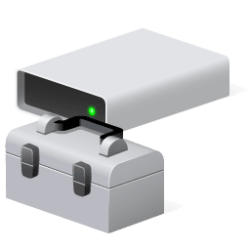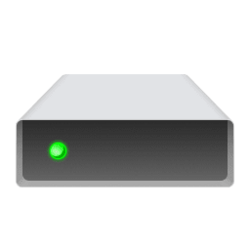This tutorial will show you how to quickly generate a new Globally Unique Identifier (GUID) in Windows 10 and Windows 11.
A GUID is a 128-bit integer (16 bytes) that can be used across all computers and networks wherever a unique identifier is required. Such an identifier has a very low probability of being duplicated.
GUIDs identify objects such as interfaces, manager entry-point vectors (EPVs), and class objects. A GUID is a 128-bit value consisting of one group of 8 hexadecimal digits, followed by three groups of 4 hexadecimal digits each, followed by one group of 12 hexadecimal digits. The following example GUID shows the groupings of hexadecimal digits in a GUID: 6B29FC40-CA47-1067-B31D-00DD010662DA
References:

GUIDs
learn.microsoft.com

Universally unique identifier - Wikipedia
Contents
- Option One: Generate a Globally Unique Identifier (GUID) in PowerShell
- Option Two: Generate a Globally Unique Identifier (GUID) in Command Prompt
1 Open Windows Terminal, and select Windows PowerShell.
2 Copy and paste the command below you want to use into Windows Terminal, and press Enter. (see screenshots below)
(Generate GUID without brackets)
[guid]::NewGuid()OR
(Generate GUID within brackets)
'{'+[guid]::NewGuid().ToString()+'}'1 Open Windows Terminal, and select Command Prompt.
2 Copy and paste the command below you want to use into Windows Terminal, and press Enter. (see screenshots below)
(Generate GUID without brackets)
powershell [guid]::NewGuid()OR
(Generate GUID within brackets)
powershell
'{'+[guid]::NewGuid().ToString()+'}'That's it,
Shawn Brink












